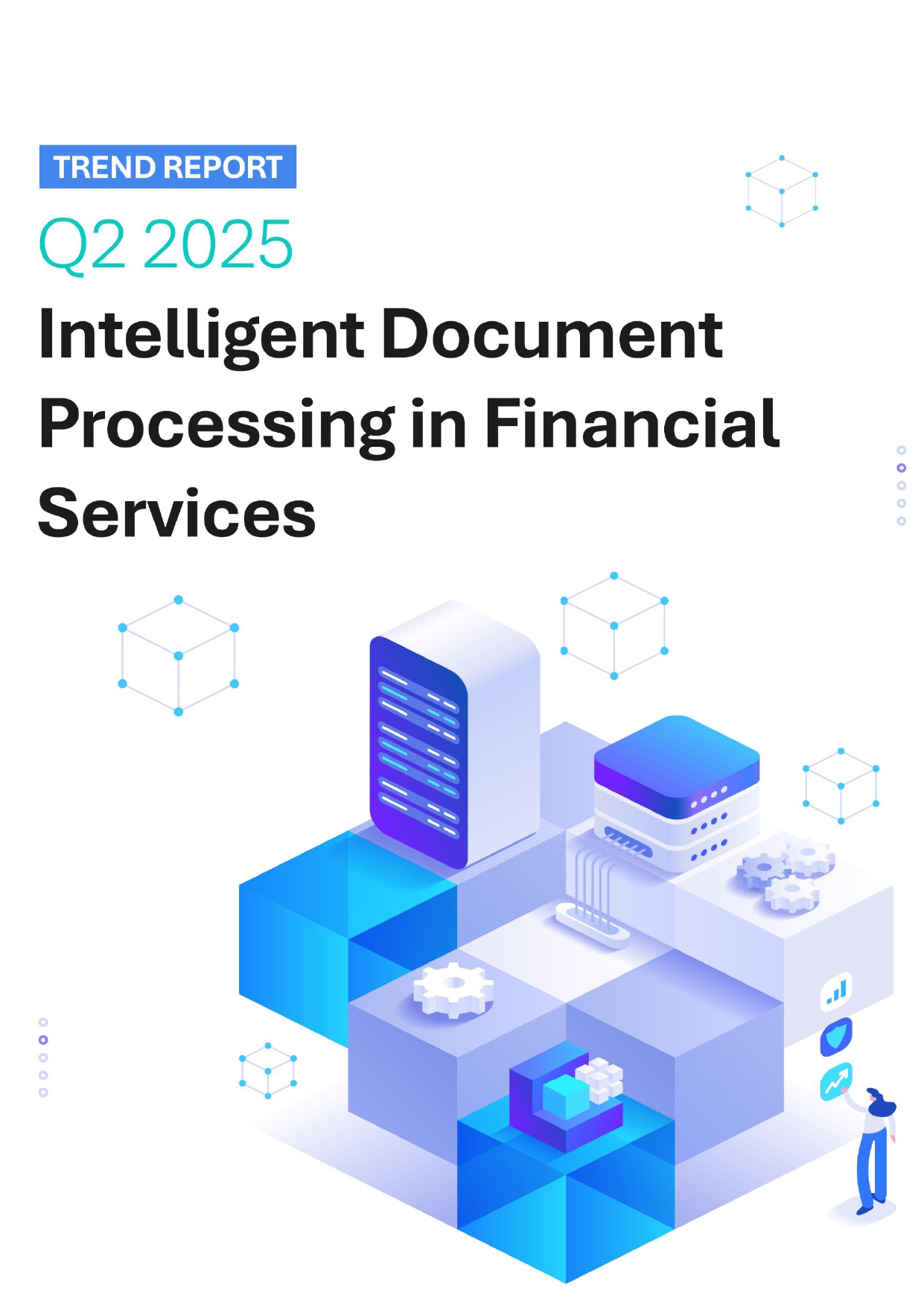 Back
Back
Is getting rid of the human touch playing into the hands of fintech start-ups?

Time was when the local bank manager was a pillar of the local community, a figure of solemn solidity; trusted by his customers and potentially known to them all by name. Today, the image of the traditional bank manager seems almost as outdated as that of the village blacksmith. We live in an era of virtual shops, virtual friendships – and even virtual banks. What place has the bank manager in the digital age?
Not much, if banks themselves are to be believed. Earlier this year, Avanade released its latest report into digital disruption in the banking sector, which polled senior IT decision makers from across Europe. The poll found that almost three fifths (59%) plan to eliminate human interaction from banking service in the next 10 years.
Doubtless, some customers will see this as a long-overdue development, used as they are to a new generation of banking services delivered entirely online or through apps. Others may welcome the elimination of lengthy queues in the branch, or the lost lunch breaks spent trying to get through to a customer services representative.
Certainly, a host of digital startups and challenger institutions have begun to revolutionise our relationships with financial services providers, showing that day-to-day banking can be conducted quickly and conveniently through a digital interface. Three-quarters of respondents to our research state that their organisation is concerned about the impact that disruptive competition such as fintech start-ups are going to have on the banking sector.
Improving the customer experience with technology
As these ‘disruptors’ become popular, established banks are scrambling to reinvent themselves. Nine in ten of our respondents say they are investigating how they can use technology to improve the customer experience – an area where traditional banks admit they have fallen far behind their digital-first competitors.
As the banks embrace technology and seek to imitate their online-only and app-based rivals, it’s natural that the traditional bank branch – and the staff within – will become a thing of the past, their solid stone facades providing a perfect setting for a new clutch of trendy wine bars. Just over a quarter of senior IT decision makers from Europe say that an increased focus on digital-centric customer relationships will “inevitably” lead to the closure of some or all branches.
Is the decline of the high street bank and its manager something to be lamented? The banks will point to the immense popularity of digital financial services, and point out that eliminating the cost of maintaining a nationwide branch network can be passed on as savings to customers.
Sleepwalking towards disaster
Or is the banking sector sleepwalking towards a future where they risk sacrificing one of the few remaining unique selling points they have over their digital challengers, and merely attempting to copy what other fintech companies are already on their way to perfecting? Is it wise for them to eliminate the human touch entirely from their operations?
There are two compelling reasons why established banks should think carefully about how they can learn from the new wave of digital upstarts. The first relates to their ability to provide the same slick functionality and reliability for their digital services. Traditional retail banks are based on technology stacks that have been augmented and updated over years, yet still contain a vast amount of legacy systems that are completely unsuited to developing, testing and deploying at speed.
Of course, banks are beginning to realise that they need to replace legacy infrastructure and embrace new technologies such as the cloud. But this process will take some considerable time, during which the fintech challengers will forge further ahead with more sophisticated services, stealing, even more, market share along the way.
The second reason is that physical branches and trained, knowledgeable staff represent a unique and valuable asset – one which banks should think very carefully of consigning to the history books. In spite of the popularity of app-based services, there are some transactions that rely on human interaction – one could even say, on human relationships.
But what is the direction of travel?
Complex, high-value or long-term financial products such as loans, mortgages and investments are obvious areas where humans can make a real difference: for example, by recommending different products, discussing risks and rewards, or even just providing a commiserating explanation for why a customer has been turned down for a loan or credit card.
No-one would claim that banks don’t need to invest in new technology so that they can develop new, more relevant services for their customers. Rather, it is the direction of travel that banks need to examine. Will they profit more from slavishly copying the fintech startups or, what seems more likely, will they do better to reinvent the way they communicate with customers while retaining, where possible, the human touch?
The traditional image of the bank manager might be a thing of the past, but could there be a place for a successor – one armed with an iPad with which to talk customers through their financial future? It makes sense – in fact, you can almost certainly bank on it.
By Paul Bowen, Banking Lead, Avanade
IBSi News
Get the IBSi FinTech Journal India Edition
- Insightful Financial Technology News Analysis
- Leadership Interviews from the Indian FinTech Ecosystem
- Expert Perspectives from the Executive Team
- Snapshots of Industry Deals, Events & Insights
- An India FinTech Case Study
- Monthly issues of the iconic global IBSi FinTech Journal
- Attend a webinar hosted by the magazine once during your subscription period
₹200 ₹99*/month
* Discounted Offer for a Limited Period on a 12-month Subscription
IBSi FinTech Journal

- Most trusted FinTech journal since 1991
- Digital monthly issue
- 60+ pages of research, analysis, interviews, opinions, and rankings
- Global coverage
Other Related Blogs
May 22, 2025
Why the FinTech boom in MENA has exposed Europe’s tech debt – and how to fix it
Read MoreRelated Reports

Sales League Table Report 2025
Know More
Global Digital Banking Vendor & Landscape Report Q2 2025
Know More
NextGen WealthTech: The Trends To Shape The Future Q4 2023
Know More
Intelligent Document Processing in Financial Services Q2 2025
Know More

